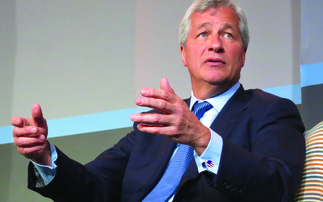Investors seeking to tap into the so-called 'presidential cycle' should be more cautious than usual, veteran investor Jeremy Grantham has warned.
The cycle refers to a theory that the White House will embark on election-winning economic stimulus in the latter half of a presidency.
In his Q3 letter to investors, the co-founder of Boston-based asset manager Grantham Mayo van Otterloo (GMO), said the seven months between 1 October and 20 April has historically been a lucrative one for markets.
But, he warned, this particular cycle contains more negatives than normal: "The negatives this time include the ending of the US Federal Reserve's bond purchase programme. There is also talk of a rate increase next year."
More disturbing to me than the obvious overvaluation is the large and growing number of other negatives
Other headwinds include the potential of wars escalating and the recent Ebola outbreak, he added.
The third year "sweet spot" of the presidential cycle often sees the market enter bubble territory, according to Grantham. He expects the Federal Reserve will "engineer a bubble", with the S&P 500 topping 2,250 before a serious decline. He said: "My personal fond hope and expectation is still for a market that runs deep into bubble territory before crashing as it always does.
"Hopefully, by then, but depending on what the rest of the world's equities do, our holdings of global equities will be down to 20% or less."
Despite the widespread view that the US market is overpriced, Grantham argued this has previously had no material effect on either third-year returns in the presidential cycle: "More disturbing to me than the obvious overvaluation is the large and growing number of other negatives."
The presidential cycle has been noted by economics professor Marshal Nickles. A separate study by Bank of America Merrill Lynch Global Research found the largest average mid-year market corrections coincided withe the US presidential mid-term year.
According to GMO, the seven months after the mid-term have been particularly strong for stock markets - despite the low probability of strong returns, markets have been up in 17 out of 20 historical experiences.













